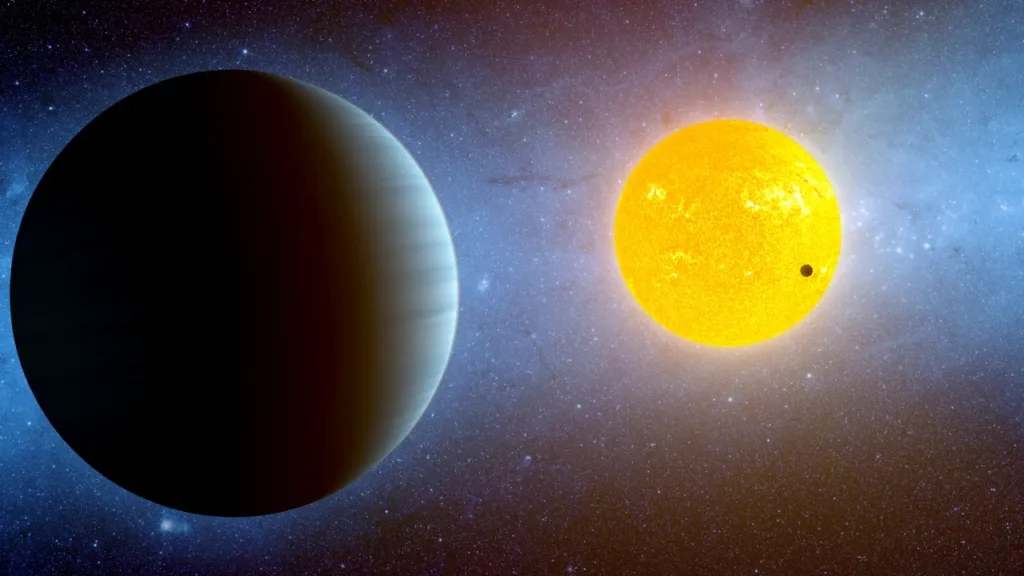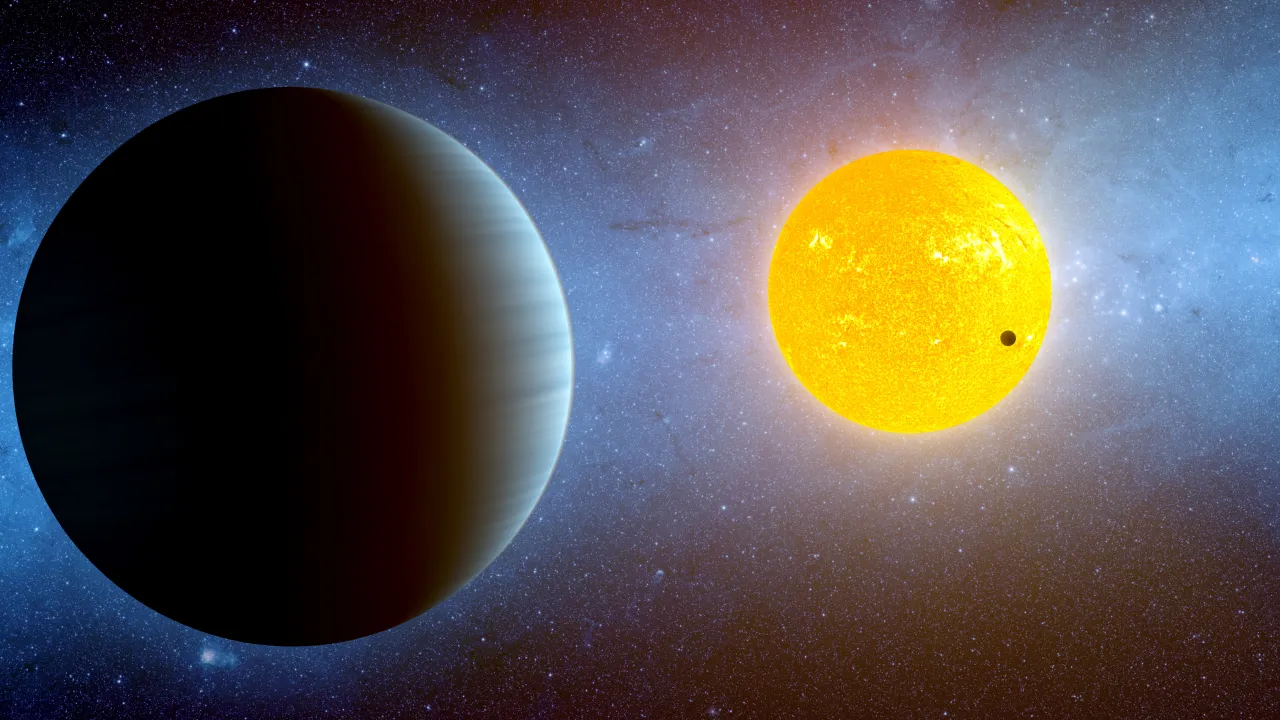Earth-sized planet HD63433d found: Summary
A group of astronomers has detected a planet HD 63433d that is closer and younger than any other Earth-sized planet previously found. This boiling planet, situated close to our Earth and a sun-like star, presents a distinctive opportunity to examine the evolutionary processes of planets.
The recent discovery of the new planet is detailed in a study published this week in The Astronomical Journal. Melinda Soares-Furtado, who is a NASA Hubble Fellow at the University of Wisconsin-Madison and is set to assume the role of an astronomy professor at the university in the upcoming fall, along with Benjamin Capistrant, a recent graduate of UW-Madison currently pursuing graduate studies at the University of Florida, jointly spearheaded the research. The study involved collaboration with co-authors from various locations globally.

Key Details about Earth-Sized Planet
- Identification: The planet is officially named HD 63433d and is recognized as the third planet in orbit around the star HD 63433.
- Orbital Characteristics: HD 63433d has an extremely close orbit, completing a full revolution around its star in just 4.2 days.
- Exploring Atmospheric Features: Scientists are using follow-up data to investigate potential signs of outgassing and atmospheric loss on HD 63433d. These findings could provide valuable insights into the evolutionary processes of terrestrial worlds.
- Tidal Locking: Based on its orbit, astronomers believe that HD 63433d is tidally locked. This means that one side of the planet continually faces the star, while the opposite side remains in perpetual darkness.
- Extreme Temperature Contrasts: Due to tidal locking, the sun-facing side of the planet experiences extreme temperatures reaching up to 2,300 degrees Fahrenheit. This site may exhibit features like flowing lava, while the dark side remains in constant shadow.
Also Read: NASA’s James Webb is achieved the first-ever identification of a heavy element resulting from a star merger – Know More (kmore.info)
Facts about the Planet’s Star
- Similar Size and Type: HD 63433 is approximately the same size and type as our sun, sharing characteristics with a G-type main-sequence star. However, it is significantly younger, at around 400 million years old, making it less than one-tenth the age of our sun.
- Distance and Location: Positioned about 73 light years away from our solar system, HD 63433 is part of a star group within the Ursa Major constellation, known for including prominent features like the Big Dipper. The constellation is observable from Earth, and on a clear night in Madison, it can be seen through binoculars.
- Age Discrepancy: The star’s age discrepancy compared to our sun raises intriguing questions about the potential differences in the planetary systems that orbit it, contributing to the broader understanding of stellar evolution.
Discovery Process of the Planet
- Collaborative Planet-Hunting Project: The scientists are part of the THYME project, dedicated to discovering planets.
- Utilization of TESS Data: In 2020, data from NASA’s Transiting Exoplanet Survey Satellite (TESS) was employed to identify two mini-Neptune-sized planets in orbit around HD 63433.
- Continuous Observation: TESS conducted four additional observations of the star, enabling the researchers to identify the planet HD 63433d as it transited between the star and the satellite.
Exploring HD 63433d: A Prime Candidate for Scientific Inquiry
- Researchers’ Perspective: A team of researchers, including UW-Madison study co-authors Andrew C. Nine, Alyssa Jankowski, and Prof. Juliette Becker, views HD 63433d as a valuable subject for investigation.
- Unique Positioning for Study: The planet’s strategic location makes it an ideal candidate for in-depth examination. Positioned around a lively young star visible from both hemispheres, it opens avenues for various instruments like the South African Large Telescope and WIYN Observatory to focus on the system.
- Proximity Advantage: HD 63433d’s star is significantly closer than other celestial bodies studied by Soares-Furtado. This proximity presents exciting possibilities, potentially enabling the development of novel methods to study gas emissions from the planet’s interior or measure its magnetic field.
Source Link:
https://news.wisc.edu/earth-sized-planet-discovered-in-our-solar-backyard/

Seeing how much work you put into it was really impressive. But even though the phrasing is elegant and the layout inviting, it seems like you are having trouble with it. My belief is that you ought to try sending the following article. If you don’t protect this hike, I will definitely come back for more of the same.